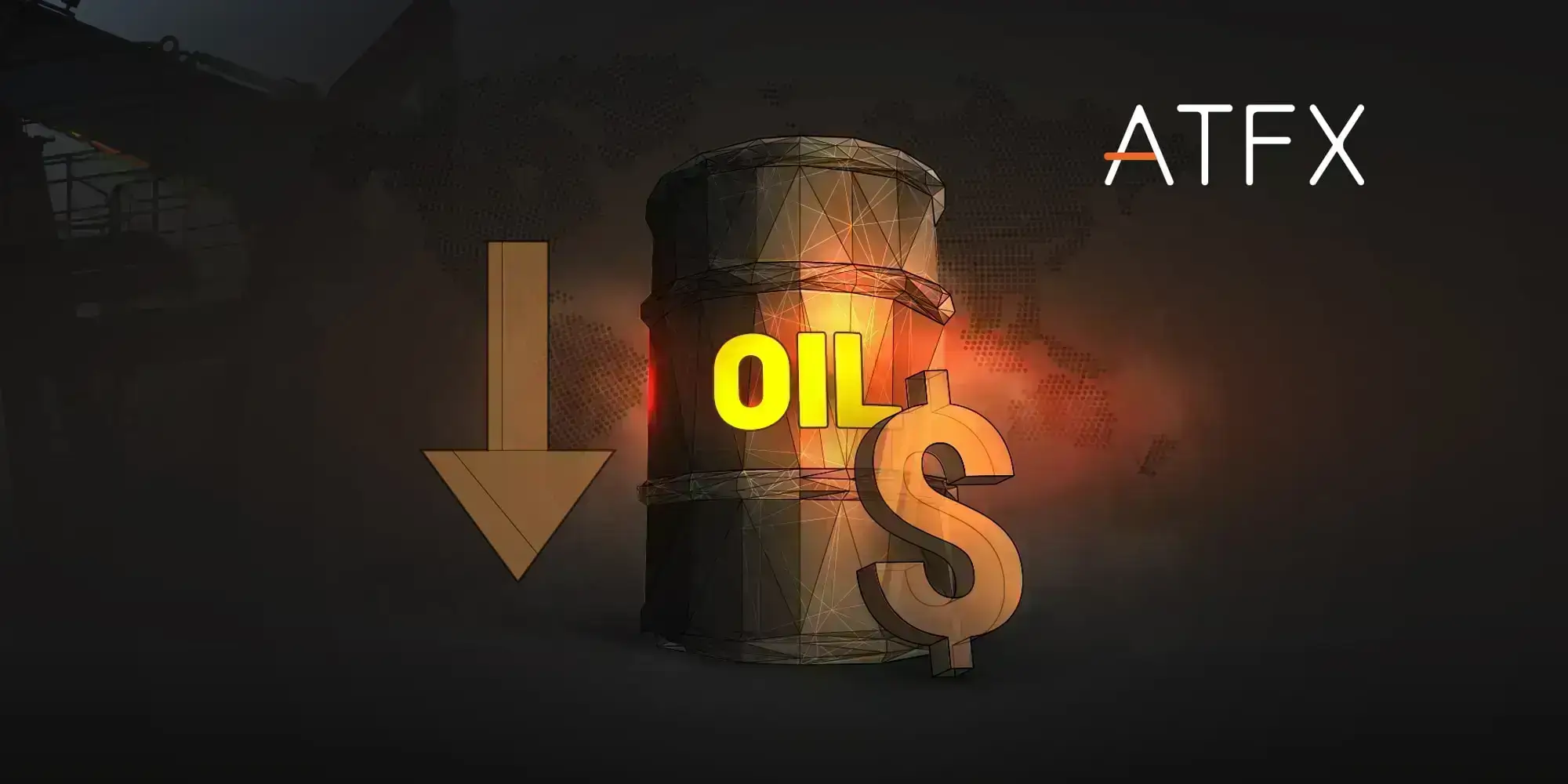In May, the non-farm payrolls in the United States were 390,000, down from 428,000 in the previous month and slightly better than the expected 325,000. The unemployment rate remained at 3.6%, marginally higher than the consensus estimate of 3.5%. The average monthly wage growth rate was unchanged, but the annual rate fell from 5.5% to 5.24% but was better than the expected 5.2% figure. Overall, the US non-farm payroll data aligned with market expectations. Hence, the dollar recovered some of last week’s losses and returned to the 102 level.
Although the US employment situation in May was in line with market expectations, the service industry PMI in May and the manufacturing PMI announced earlier slowed down. The May ISM non-manufacturing PMI released last week was 55.9, lower than the previous value of 57.1 and analysts’ expectations of 56.4. The weak PMI data was not ideal and limited the dollar’s rise.
The US has raised interest rates twice since the beginning of the year. After raising interest rates by 50 basis points at the latest meeting in May and raising the upper limit of the federal interest rate range to 1%.
The US economy and job market data contracted in May, indicating confidence in the US economic outlook is weakening. Furthermore, there are doubts about the Federal Reserve significantly raising interest rates given the recent weakness in the US economy. As a result, the Fed may suspend interest rate hikes after September.
The ECB must be more hawkish to boost the euro
The US will release its May CPI report allowing investors to see whether the US inflation level is under control. Investors are looking forward to cooling US inflation. Hence, the annual CPI rate is expected to fall from record highs, which could slow down the pace of Fed rate hikes. If inflation levels do not match expectations, the dollar index may fall to 101 or below 100.
Another factor that might pull the dollar lower comes from the European Central Bank’s interest rate decision. The European Central Bank could confirm that it will raise interest rates by at least 25 to 50 basis points in July. Still, investors have ignored the prospect of interest rate hikes. For the Euro to start rising, many believe that the central bank must provide a more hawkish stance to boost it and challenge it to break through the 1.08 mark. On the contrary, the EUR/USD pair will continue to head for lower levels at 1.05.
Another significant central bank development could come from the Reserve Bank of Australia, which is expected to raise interest rates by 40 basis points. This is because the country’s latest retail sales data exceeded expectations while inflation remained high, paving the way for continued monetary policy tightening.
Suppose the RBA raises rates as expected after the interest rate meeting. In that case, the Australian dollar is expected to extend its upward trend, which has been in place since mid-May. The Aussie is approaching the 0.7280 high from last week and could challenge the 0.7350 resistance level.

